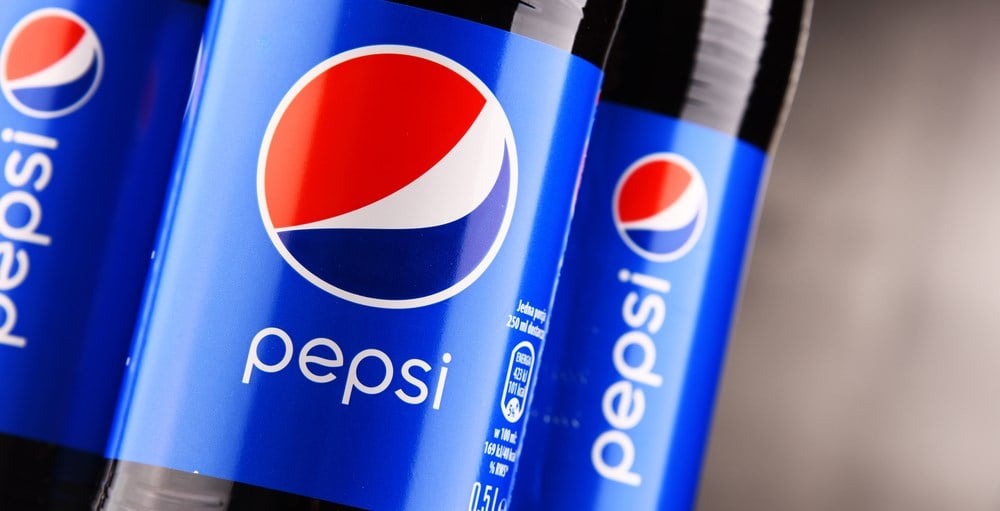
Shares of PepsiCo (NASDAQ: PEP) are hovering near their all-time high prices of $195.50, as the company experienced bullish momentum in fundamentals and macro dynamics throughout 2022. Today, these prices represent one of the most elevated valuations for the stock, with a 41x price-to-earnings ratio to mark the most decadent premium since June 2002. Whether justified or not, investors will gain little value by looking at the rearview mirror. They will find vast opportunities to capitalize on by looking ahead.
Shares of the food and beverage conglomerate have outperformed competitors, as PepsiCo's chart will show. The most apparent neighboring family of power is the Coca-Cola (NYSE: KO) house, whose stock has remained flat for a twelve-month performance of -0.70%. Pepsi Stock has advanced by 14.5% during the same comparable period. While Coca-Cola shareholders indulge in a 2.88% dividend, Pepsi investors saw a competitive yield of 2.59% on top of the appreciation outperformance. The question becomes, where do prices go from here?
A Gentle Awakening
Wern-Yen Tan, PepsiCo's Asia Pacific region CEO put things very bluntly during the break of dawn on Friday. During a Squawk Box Asia interview, the soft drink and convenience food executive broke down the dynamics to be expected in the region. A good look at the business is called for to put macro economic trends into perspective so investors can align the company's interests within the area. According to the 2022 annual report, Pepsi's presence in the Asian markets is concentrated in only three locations. A convenient food plant in Wuhan, China, a concentrate plant in Singapore, and a shared service center in Hyderabad, India.
Considering that only the concentrate and convenient food plants are naturally exposed to business cycles and consumer trends within these regions, special attention to the respective Chinese and Singaporean economic business cycles is due. Starting with the manufacturing PMI index, a proxy for economic growth that ultimately feeds into the lagging GDP growth indicator, a story begins to form in favor of the CEO's comments. Singapore's manufacturing PMI index slid to 49.7% in April, marking its lowest reading since October 2022, indicating economic contraction. China's manufacturing PMI, on the other hand, reported a three-month low reading of 53.6% in April, implying slower - albeit - economic expansion.
This matters to investors in determining why the CEO would point to the company being in the "Sweet Spot" for APAC growth. Since a contracting reading in Singapore is in place to cool off the nation's decade-high inflation rates, China tells an entirely different story. China reported lackluster inflation earlier this week, despite other measures pointing to a re-heating economy after strict COVID-19 lockdown measures. An expanding economy, as measured by the PMI index, along with rock-bottom inflation, may spark new monetary policy on the part of the People's Bank of China (PBOC) to stimulate healthier inflation to go with this expansion.
By the Numbers
PepsiCo's APAC presence will show some exciting dynamics within its 2022 annual report. Organic revenue growth for the region was only four percent, compared to previous years posting double-digit growth. Operating profits, however, declined by as much as 20% for the year within the region. Functional declines came from non-recurring impairment charges of the Be & Cheery brand and more fundamental effects such as rising commodity input costs. In addition, cooking oil, potatoes, and sugar in the APAC region affected operating costs for the business as these concentrate and convenient food plants pivoted within a tight supply chain environment.
The disaggregation of revenue per region would as well show the importance of these Asian facilities. For example, while beverage segment revenues are primarily generated in Europe (at a 50% clip), APAC beverage revenue is only 25%. The difference maker comes in the convenience foods segment, where APAC generates 75% of relative revenues, marking the place and segment key to delivering the growth mentioned by the CEO. The company reported its first quarter 2023 results in late April, showcasing improvements in APAC operations in its press release. While APAC revenues declined by 1.4% during the year, operating margins increased from 21% in 2022 to 22.5% in the first quarter of 2023, reflecting improving price dynamics and supply chain environments.
PepsiCo's analyst ratings suggest that there is some downside from today's prices. However, they may be cautiously awaiting the near-future developments by APAC in order to adjust expectations. As economic indicators improve and pending fiscal stimulus hovers above the Chinese economy, PepsiCo's presence in the region could unlock a new rally.

